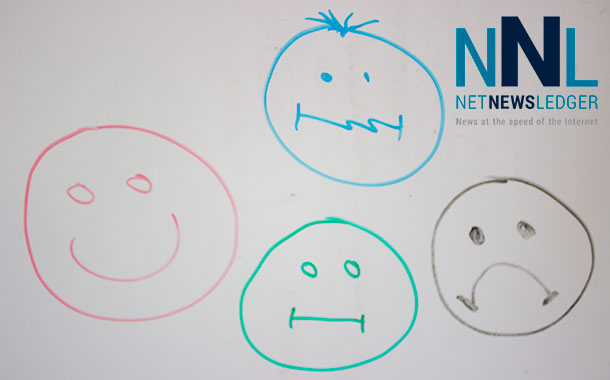What is the first thing you look at in the morning? What is the last thing you see before you go to sleep at night? Many of us would would hesitate in answering and probably not want to admit that the answer is the smartphone.
We use it constantly to scroll through our favourite social media feed to look at memes, funny videos about cats, news stories, fake stories, true stories, questionable stories, gaming videos, movie clips or a quick five second video by some stranger we’ve never seen before and will never see again.
The Internet has changed a lot since we first started using it. At the start, we enjoyed our ability to access whatever we wanted and there was a sense of freedom so it felt like the wild west internet. We had to make more of an effort to find what we were interested in as things were not well organized and content was not easy to navigate.
The internet we now use is mostly curated and fed to us in ever more controlled streams of information that are specifically designed to keep us engaged and addicted. The majority of most of the content is now in the hands of a small group of powerful social media corporations that carefully control what we see. They control and monitor just about every aspect of everything we desire to click and see or read. In other words they develop a profile of us. Studies have shown that much of the way these social media systems work is by making people feel anger, rage, fear and anxiety. The more negative people feel, the more likely they will engage with others and cause interaction and traffic. This translates into advertising revenue and big money.
All content on the internet these days are short snippits of information. Twenty years ago, it was blogs and written content that people shared with one another. Now the content has been sized down to shorter posts and even into image captioned memes. Services like Twitter started regulating the size of posts down to just a mere 140 characters so people could read something quickly and respond instantly.
In the beginning it was not so easy to share videos on the internet however these days anyone can instantly share a video on the various social media apps. It has gotten to the point now where many people think they are the star of their own television show and they constantly post their every move and thought. People do this on the more popular Facebook, Youtube, WhatsApp, Instagram, TikTok and Snapchat. These are only apps that are popular in North America while there many more in other countries. People do not need to have many skills in using these apps to put themselves out in front of what they perceive as their world. These posts and videos are getting smaller and shorter to satisfy our diminishing attention span.
There are now numerous studies that connect these short instantly gratifying messages and videos as feeding and affecting parts of our brain that is making us all addicted to social media. Every little fun video snippet we see sends a tiny positive feeling to a part of our brain. It lasts just for a quick moment but it is enough to momentarily make us feel good like a drug would. Now with a simple phone device in our hand, we can reward ourselves with that good feeling again and again. We end up endlessly scrolling through our feeds constantly. This is not doing good things for our brains and it keeps us from creative thought and actual productive exercise.
I grew up in the 80s without internet in my small remote isolated home of Attawapiskat First Nation on the James Bay coast. Myself and my siblings and friends did not have much exposure to the outside world with the latest trends, music, fashion, movies or television shows. We were usually years and sometimes decades behind the the rest of North America. The corporate world, governments and advertisers did not really get to us. We spent most of our time outside doing things, playing, working and on the land harvesting food.
These days we are no longer isolated, remote and free of the reach of governments, corporations and social media. We are constantly in touch with each other and the greater world in strange realities where we bear our souls and mindlessly chatter so that there is no longer any privacy. People are telling the world what they had for breakfast, what they did last night, who they are fighting with, who they hate, who they love and how hurt they are. However, not much of that is really important to most people as it is all about social media controllers making money on every thought and action you post online.
Welcome to the Brave New World.
www.underthenorthernsky.com








